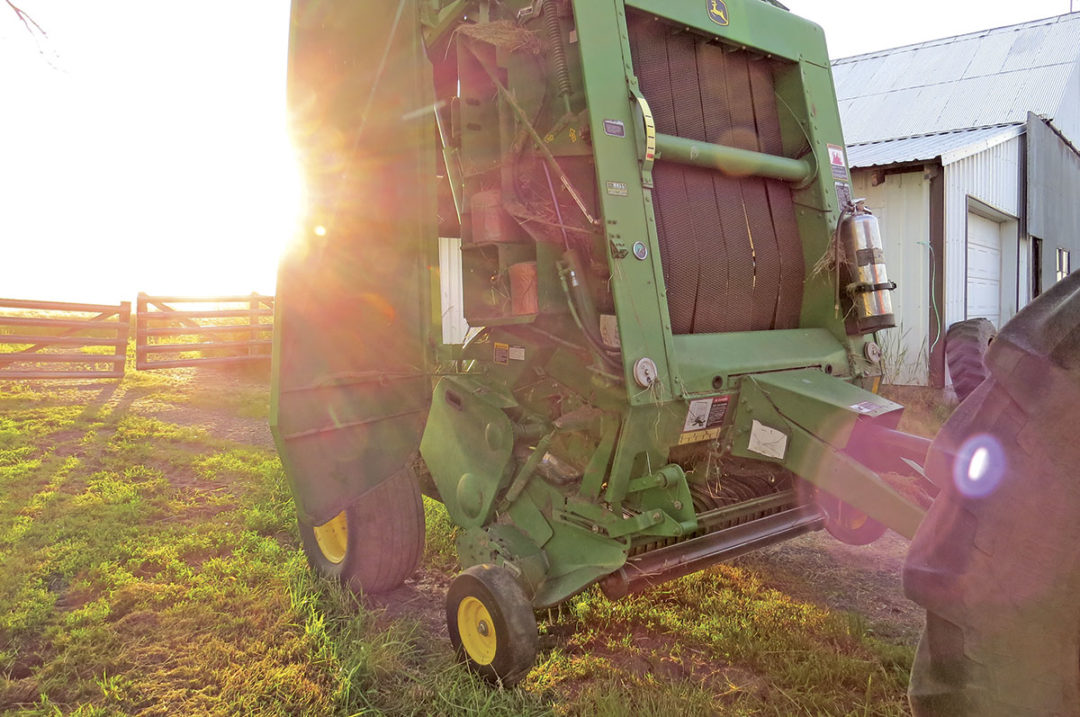If it seems like breakdowns are more frustrating than they were three years ago, you’re not alone. The representative at the dealership is probably feeling the stress too.
“There’s a huge back-order log of parts not available in the system,” says Parts Manager Kirk Summers of Tractor Sales and Auto Inc., a Massey Ferguson and New Holland dealership in Idaho Falls. When they are available, they take longer in transit. And, he adds, “Costs have definitely gone up.”
Lue Lightfield, parts manager at Nezperce’s St. John Hardware – a Case, New Holland, Great Plains and MacDon dealer – agrees. “We have gone through many price increases since the start of the year,” she says. That includes everything from parts to baling twine.
Shawn Stubbers, product development and support director and chief operating officer at Hillco Technologies in Nezperce adds insight from a manufacturer’s point of view. “In many cases, we don’t know what the parts are going to cost until the day they are shipped to us. It makes it very difficult to fix prices on our products while trying to remain profitable,” he says.
Specific challenges
“We’ve been really lucky in our store here,” says Bryan Jensen, parts manager at the Twin Falls John Deere dealership Stotz Equipment. The branch forecast shortages and stocked up on parts about two-and-a-half years ago. For the most part, he says, “We’ve been able to help customers and get them taken care of.”
They are still feeling the pinch though. Jensen cites fan drives for John Deere’s 8R tractors as an example of a highly sought item that cannot be found anywhere. Even the parts to rebuild such items in-house are increasingly difficult to source.
Electrical components are a category where everyone has noticed shortages. “The majority are made in China,” Jensen explains. “With COVID, China shut down, then we shut down, and shipping took a hit. They have not been able to get caught up.”
Even companies that try to source domestically feel that pinch. “We try to do as little as we possibly can from overseas,” says Stubbers, but sometimes they cannot get around non-domestic components. Hillco purchases Canadian-manufactured cylinders, for example, which depend on imported seals.
Jensen has seen improved availability in some categories that were difficult to obtain a year ago, such as main wear parts on combines and swathers. However, steel-ground engagement parts are still a challenge for Lightfield’s store.
Manufacturers are struggling to source the same things. “Electronic items, hydraulics and tires have very long lead times right now, if you can get them at all,” Stubbers says. “In many cases, these types of parts are almost a year out.”
Ag equipment inventory
As one might expect, such challenges have taken a toll on availability of new and used equipment. “For a time, we couldn’t get tires for [new] tractors,” says Summers. “We had tractors sitting at the dock at Portland, but we couldn’t get them here.”
The issue hit closer to home for Lightfield when her husband, a farmer, wanted to buy a new Great Plains drill last year. “Instead of buying it from the company I work for, he and our son drove all the way to a dealer in Nebraska to buy one because they had it,” she says. “It would have been a two-year wait if we’d ordered one here.”
Compounding the problem, the shortage of new equipment has meant that producers are largely holding on to their old machines. This means less used equipment available for purchase, as well.
Hillco has adjusted by carrying a larger inventory and allowing a long lead time for product orders. “The numbers are still there,” Stubbers says of production in his company. “It just takes more effort and gray hairs getting there.”
Keeping parts on the shelf
Despite the challenges, dealerships are working to mitigate impact to local growers. “As far as St. John Hardware is concerned,” says Lightfield of the five-store complex in Washington and Idaho, “our company has OK’d spending the money to put that part on the shelf now.”
Sometimes that means placing large orders before seasonal demands and price hikes go into effect. At others, it means getting on the list for back-ordered parts before they are needed. Staying abreast of inventory helps. “If I sell the last one, I’m immediately putting it on order,” she says.
Another coping mechanism is a willingness to pay surcharges to have larger items shipped, or extra to guarantee that an item is shipped in a timely manner. “Sometimes we have to pay freight instead of putting it on a stock order,” says Summers.
As much as possible, stores try to help other dealerships find the parts they need. Larger chains like Stotz (with 25 locations in eight states) can look to other branches for difficult-to-obtain products. But there is some protectiveness over high-demand stock. “My goal as parts manager in Twin Falls is to take care of our local customers first,” says Jensen.
‘It’s personal’
Producers can help themselves a bit, too. “A lot of our farmers were a little more aggressive about getting stuff done over the winter,” says Summers. He recommends that growers be proactive about monitoring equipment and being prepared for likely breakdowns. “If you feel like a part might be failing, or questionable, get it on the shelf.” And just like dealers, farmers may find that a good relationship with their neighbors might mean the difference between a quick repair and a long delay.
“From my point of view, I want producers to know we’re doing everything we’re capable of to get them parts in a timely manner,” Jensen says. “We realize they want their parts and need them now. If I have to drive to Utah to get a part for a customer, I’ll do it.”
Amid high inflation and narrowing margins for every step of the supply chain from manufacturers to dealers to growers, Lightfield expresses a similar sentiment. “It’s our job to find producers’ parts for them and to bend over backwards to help keep them in the field, so that’s what we do,” she says. “It’s personal for me.”








